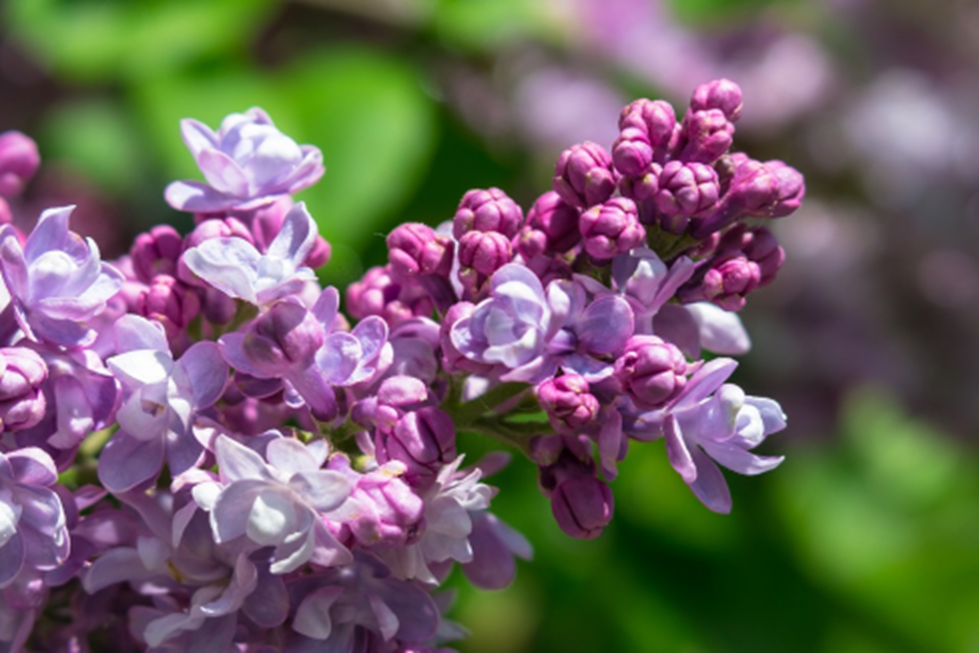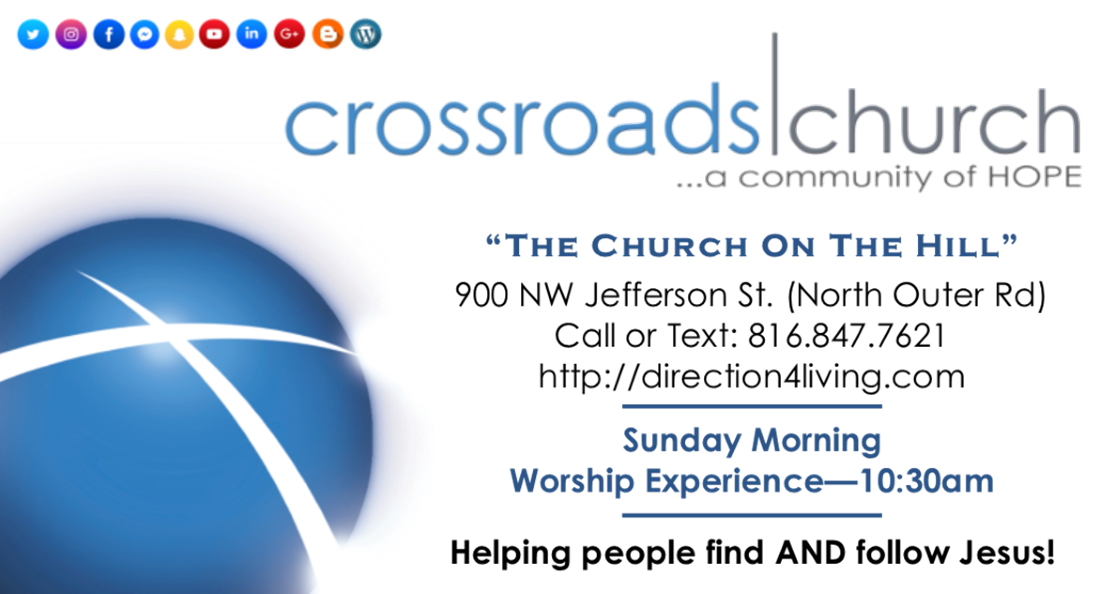|
|
by Cathy Bylinowski, Horticulture Instructor, University of Missouri Extension- Jackson County I’m always looking at other people’s yards and admiring their gardens, trees, and flowering shrubs. If I see an attractive plant that is new to me, I try to figure out what it is, if it will grow in my yard, and where I can get one. This spring, take some time to enjoy the flowering trees and shrubs in your neighborhood, nearby parks, even in the woods and green spaces around you. If you see some you like, now is a great time to figure out what they are and if they will grow in your yard. Spring is also a good time to plant new flowering trees and shrubs to enjoy for years to come. Here are several spring-flowering trees and shrubs that grow well in western Missouri: Serviceberry- (Amelanchier arborea) Serviceberry, native to Missouri, is an attractive small tree with smooth gray bark, that grows on wooded slopes. The snowy white flowers appear in early spring before anything else in the woods has leafed out. Tasty berries appear in June and leaves turn pink and orange in the fall. Unfortunately, invasive, non-native Callery Pears (Bradford Pear being one type) are moving into Missouri natural areas. Do not mistake the white flowers of Bradford Pear for Serviceberry! (Photo credit: Pixabay by deniseellsworth) Flowering dogwood- (Cornus florida) The flowering dogwood is a popular native flowering tree. Johnson County, Missouri is its nearest natural range to the KCMO region. It can be grown in our region, if it is put in a protected, partly shady site in the yard. Growth is fairly slow. Their branching is open and horizontal, with a rounded mature shape. They can get up to 30 feet tall. Their spectacular white bracts appear before leaves. Small, red fruit persist in fall and attract songbirds. It has lustrous, scarlet foliage in fall, too. They can be used as specimens, in masses or naturalized under larger trees, preferring moist, humus rich, slightly acidic soils. Avoid planting in hot, dry exposures. Use an organic mulch under the tree. Dogwoods need water during drought. Old or injured specimens are subject to borer damage. (Photo credit: C.Bylinowski) Eastern redbud (Cercis canadensis) Redbuds can get up to 30 feet tall. The clusters of purplish pink small flowers clusters appear before leaves emerge. Heart-shaped leaves turn yellow in fall. Plant redbuds as specimens, in masses, or naturalized at edge of woods. They are hardy in sun or part shade and tolerant of a wide range of soils. (Photo credit: C.Bylinowski) Lilac (Syringa vulgaris) Lilac is one of the best known and most commonly planted of all the introduced, flowering shrubs. Lilacs are worth having in your yard or garden for their once-a-year display of incredibly fragrant flowers. For the classic lilac fragrance, plant Common Lilac or one of its hybrids. Lilacs get up to 9 feet tall. Lilacs perform best in well-drained soils in full sun. Plants should receive at least six hours of direct sun each day for maximum bloom. Proper pruning is necessary to keep the plants attractive and to promote flower production. After the plant becomes established, about one-third of the old stems should be removed each year. Older lilac stems may be attacked by borers. (Photo credit: Pixabay by deniseellsworth) Flowering Magnolias (Magnolia soulangiana)
These magnolias look like beautiful pink clouds in the spring. The only drawback is that the flowers can be damaged by spring freezes. You might enjoy the scented flowers so much that you are willing to take the of risk flowers turning brown some years, after a freeze. There are cultivars that bloom later in the spirng with pink, purple, or yellow flowers. They are worth investigating. Some magnolias can get to 30 feet tall. Plant in protected parts of your yard away from southern exposures. (Photo credit: C.Bylinowski) These are some of the many ornamental trees and shrubs, native and introduced, that offer beautiful spring color. Contact me ([email protected]) if you want more information on flowering trees and shrubs. You can also explore University of Missouri Extension’s website for more information on gardening- https://extension.missouri.edu/. Comments are closed.
|
Categories
All
Archives
July 2024
|
Grain Valley NewsGrain Valley News is a free community news source published weekly online. |
Contact Us |







 RSS Feed
RSS Feed
